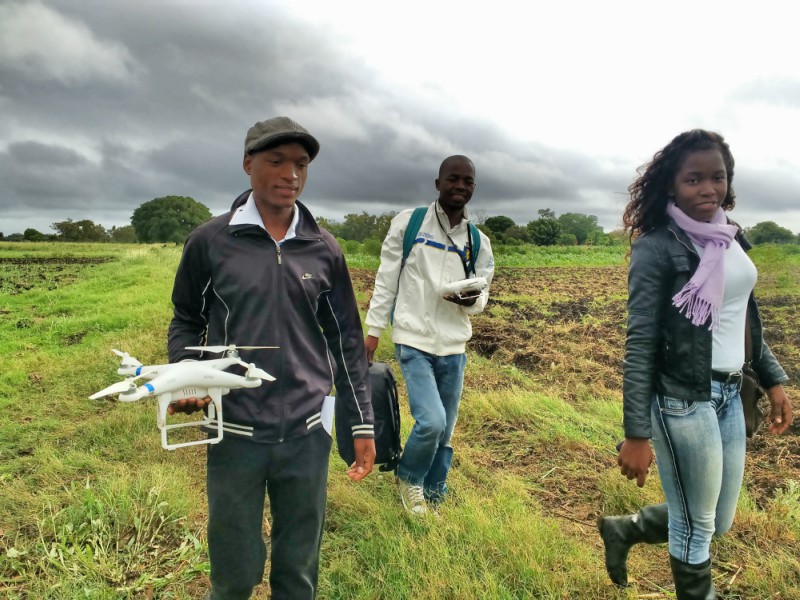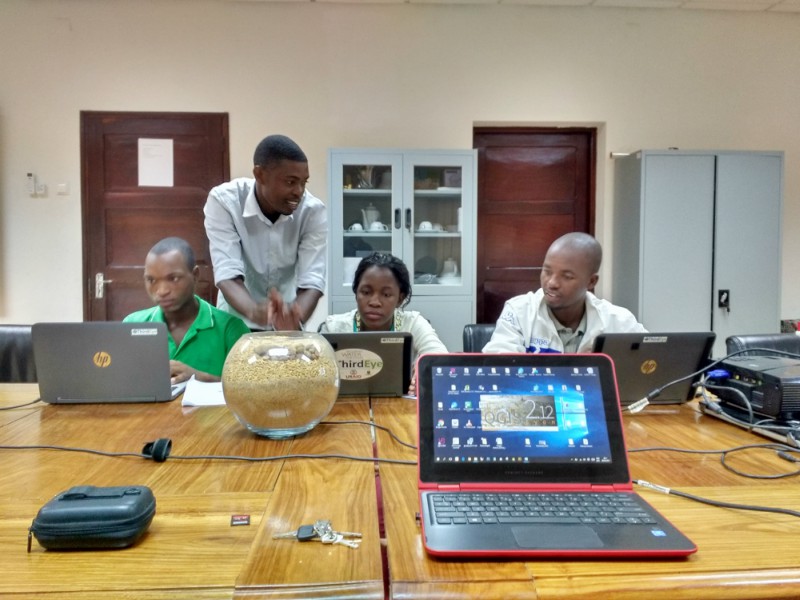A key factor in enabling an increase and efficiency in food production is providing farmers with relevant information. Such information is needed as farmers have limited resources (seed, water, fertilizer, pesticides, human power) and are always in doubt in which location and when they should supply these resources. Interesting is that especially smallholders, with their limited resources, are in need of this kind of information.
Spatial information from Flying Sensors (drones) can be used for this. Flying Sensors offer also the opportunity to obtain information outside the visible range and can therefore detect information hidden for the human eye (Third Eye). Nowadays, low-cost sensors in the infra-red spectrum can detect crop stress about two weeks before the human eye can see this.
In 2014 FutureWater/HiView was granted a prestigious development grant from USAID to develop Flying Sensor business operations in Mozambique: the ThirdEye project. This unique project aims at supporting farmers in Mozambique by setting up a network of Flying Sensors operators. These operators are equipped with Flying Sensors and tools to analyse the obtained imagery. Flying Sensors have been proven to provide useful information in supporting farmers. However, this project is unique as it is a first trial in a developing country to supply information on a regular base using Flying Sensors.
During the first year of the project 4 Flying Sensors, which are all used on a daily basis, have been supplied and 9 Flying Sensor Operators have been trained and obtained their license. Over the last weeks a new training round has several new Flying Sensor operators have been trained in Mozambique.

ThirdEye now has a team of operators and experts based in Chòkwé and Xai-Xai. At the end of the project (2017) we foresee that 8000 farmers will use our services, farmers’ yield will be increased by at least 10%, and farmers have improved their irrigation practices.


